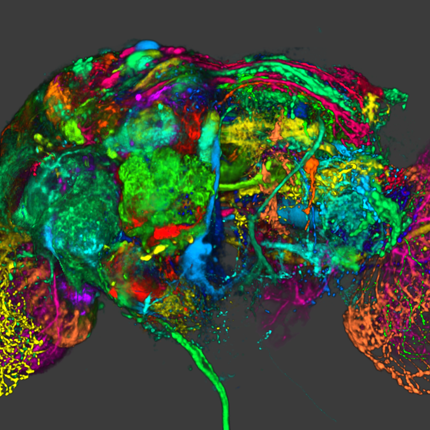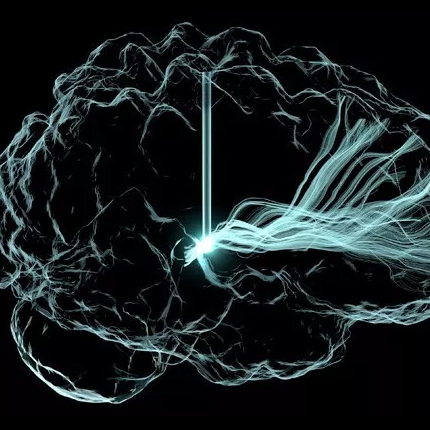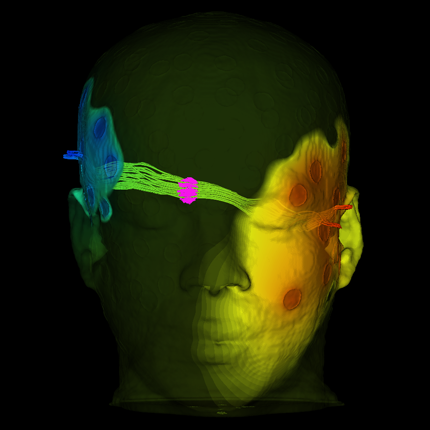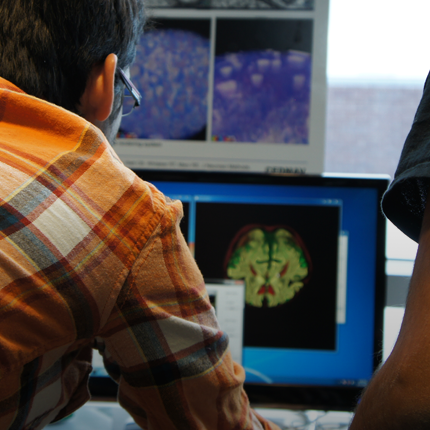Scientific Computing
Numerical simulation of real-world phenomena provides fertile ground for building interdisciplinary relationships. The SCI Institute has a long tradition of building these relationships in a win-win fashion – a win for the theoretical and algorithmic development of numerical modeling and simulation techniques and a win for the discipline-specific science of interest. High-order and adaptive methods, uncertainty quantification, complexity analysis, and parallelization are just some of the topics being investigated by SCI faculty. These areas of computing are being applied to a wide variety of engineering applications ranging from fluid mechanics and solid mechanics to bioelectricity.
Valerio Pascucci
Scientific Data Management
Chris Johnson
Problem Solving Environments
Ross Whitaker
GPUs
Chuck Hansen
GPUsFunded Research Projects:
Publications in Scientific Computing:
  NSDF-FUSE: A Testbed for Studying Object Storage via FUSE File Systems P. Olaya, J. Luettgau, N. Zhou, J. Lofstead, G. Scorzelli, V. Pascucci, M. Taufer. In Proceedings of the 31st International Symposium on High-Performance Parallel and Distributed Computing, Association for Computing Machinery, pp. 277–278. 2022. ISBN: 9781450391993 DOI: 10.1145/3502181.3533709 This work presents NSDF-FUSE, a testbed for evaluating settings and performance of FUSE-based file systems on top of S3-compatible object storage; the testbed is part of a suite of services from the National Science Data Fabric (NSDF) project (an NSF-funded project that is delivering cyberinfrastructures for data scientists). We demonstrate how NSDF-FUSE can be deployed to evaluate eight different mapping packages that mount S3-compatible object storage to a file system, as well as six data patterns representing different I/O operations on two cloud platforms. NSDF-FUSE is open-source and can be easily extended to run with other software mapping packages and different cloud platforms. |
  Advancing Reproducibility in Parallel and Distributed Systems Research M. Parashar. In Computer, Vol. 55, No. 5, pp. 4--5. 2022. DOI: 10.1109/MC.2022.3158156 This installment of Computer’s series highlighting the work published in IEEE Computer Society journals comes from IEEE Transactions on Parallel and Distributed Systems. |
  Porting Uintah to Heterogeneous Systems, J.K. Holmen, D. Sahasrabudhe, M. Berzins. In Proceedings of the Platform for Advanced Scientific Computing Conference (PASC22) Best Paper Award, ACM, 2022. The Uintah Computational Framework is being prepared to make portable use of forthcoming exascale systems, initially the DOE Aurora system through the Aurora Early Science Program. This paper describes the evolution of Uintah to be ready for such architectures. A key part of this preparation has been the adoption of the Kokkos performance portability layer in Uintah. The sheer size of the Uintah codebase has made it imperative to have a representative benchmark. The design of this benchmark and the use of Kokkos within it is discussed. This paper complements recent work with additional details and new scaling studies run 24x further than earlier studies. Results are shown for two benchmarks executing workloads representative of typical Uintah applications. These results demonstrate single-source portability across the DOE Summit and NSF Frontera systems with good strong-scaling characteristics. The challenge of extending this approach to anticipated exascale systems is also considered. |
  Computational Error Estimation for The Material Point Method M. Berzins. In Computational Particle Mechanics, Springer, 2022. DOI: https://doi.org/10.1007/s40571-022-00530-5 A common feature of many methods in computational mechanics is that there is often a way of estimating the error in the computed solution. The situation for computational mechanics codes based upon the Material Point Method is very different in that there has been comparatively little work on computable error estimates for these methods. This work is concerned with introducing such an approach for the Material Point Method. Although it has been observed that spatial errors may dominate temporal ones at stable time steps, recent work has made more precise the sources and forms of the different MPM errors. There is then a need to estimate these errors computationally through computable estimates of the different errors in the material point method. Estimates of the different spatial errors in the Material Point Method are constructed based upon nodal derivatives of the different physical variables in MPM. These derivatives are then estimated using standard difference approximations calculated on the background mesh. The use of these estimates of the spatial error makes it possible to measure the growth of errors over time. A number of computational experiments are used to illustrate the performance of the computed error estimates. As the key feature of the approach is the calculation of derivatives on the regularly spaced background mesh, the extension to calculating derivatives and hence to error estimates for higher dimensional problems is clearly possible. |
  Energy conservation and accuracy of some MPM formulations M. Berzins. In Computational Particle Mechanics, 2022. DOI: 10.1007/s40571-021-00457-3 The success of the Material Point Method (MPM) in solving many challenging problems nevertheless raises some open questions regarding the fundamental properties of the method such as time integration accuracy and energy conservation. The traditional MPM time integration methods are often based upon the symplectic Euler method or staggered central differences. This raises the question of how to best ensure energy conservation in explicit time integration for MPM. Two approaches are used here, one is to extend the Symplectic Euler method (Cromer Euler) to provide better energy conservation and the second is to use a potentially more accurate symplectic methods, namely the widely-used Stormer-Verlet Method. The Stormer-Verlet method is shown to have locally third order time accuracy of energy conservation in time, in contrast to the second order accuracy in energy conservation of the symplectic Euler methods that are used in many MPM calculations. It is shown that there is an extension to the Symplectic Euler stress-last method that provides better energy conservation that is comparable with the Stormer-Verlet method. This extension is referred to as TRGIMP and also has third order accuracy in energy conservation. When the interactions between space and time errors are studied it is seen that spatial errors may dominate in computed quantities such as displacement and velocity. This connection between the local errors in space and time is made explicit mathematically and explains the observed results that displacement and velocity errors are very similar for both methods. The observed and theoretically predicted third-order energy conservation accuracy and computational costs are demonstrated on a standard MPM test example. |







